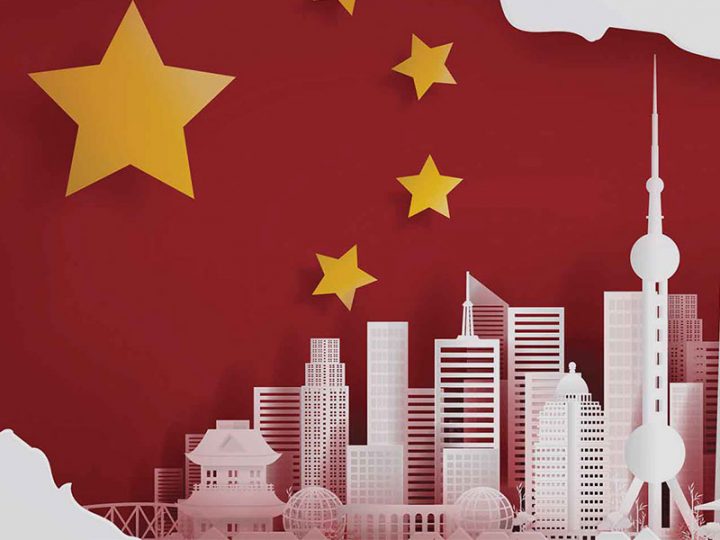What crucial trends are driving the industry?
Tightening regulation, new governance requirements and higher compliance standards are some key trends that are driving the financial industry. Following the materialisation of various ‘unknown unknowns’ such as the global liquidity crunch in 2008, many regulators recognised that tail risk and its underlying correlation features have the potential to dislodge financial systems almost overnight and jeopardise their key mission to protect citizens and individual policyholders.
As such, regulators expanded their scope towards ensuring the overall stability of local, regional and global financial systems. Against this backdrop, it is not surprising that Enterprise Risk Management (ERM) features very highly on regulators’ list of priorities.
Over the last few years, the global developments in ERM have placed the spotlight on the insurance industry. Local regulations, along with the board and senior management’s desire for improved ERM, have been the key drivers of change. The shift in focus towards ERM is also propelled by the International Association of Insurance Supervisors (IAIS), the rapidly evolving regulatory regimes (e.g., Solvency II) and the stronger emphasis by Rating Agencies.
While there is significant progress in the development of ERM in Asia, companies still seem unable to recognise ERM fully as a value creating business that goes beyond mere compliance. Many people think of ERM as merely risk management. The traditional concept of risk management is primarily about performing different activities to mitigate downside risks. The key focus is on solving problems that have been identified in individual processes at the functional levels rather than managing risks from the enterprise perspective. The modern concept of ERM, in contrast, deals not only with risks (“downside”) but also opportunities (“upside”) affecting value creation or preservation. For example, when we sell an insurance product or invest our money in a fund, value is created, but that value could be lost if we do not preserve it. Therefore, ERM provides the structure to balance between value creation and value preservation in an organisation.
What market segments will experience the most growth and why?
Asian insurers are looking beyond regulatory challenges to address their true business needs by engaging ERM as strategic partners to drive business strategy in alignment with broader risk perspective. Two ERM segments will be expected to grow significantly.
1. Economic Capital Model (ECM)
ERM helps to determine risk appetite, assess risk diversification and evaluate emerging risks. To measure and control its material risks on a holistic approach, companies will develop an in-house ECM which allows for the modelling of dependencies and diversification effects. This leads to capital efficiency and enables more robust underwriting, pricing, portfolio optimisation and risk transfer decisions.
An ECM can use to define and monitor the overall risk appetite and tolerance of a firm. Appropriately defined, risk appetite & tolerance translated into appropriate risk limits could guide a company’s strategic journey and govern its underwriting and investment management towards achieving its long term objectives.
2. Extreme Event Management (EEM)
EEM prepares the enterprise for the next unexpected risks that may not emerge as a threat now, but may materialise as a serious threat in future. The essential stage in EEM is to take steps to identify risks – risks not identified cannot be analysed resulting in “unknown exposure accumulation”. After risks have been identified, we collect, rank, analyse, quantify, aggregate and monitor them regularly in a risk register. The analysis should be integrated into the risk control process to decide on the most appropriate risk treatment (e.g., risk limits, policy terms, reinsurance, pricing or hedging).
EEM applies the principles of risk management across the enterprise in a structured and consistent manner. It ensures that all material risks are identified and assessed, and the links between risks from different parts of the business will be considered when deciding on the most appropriate and effective risk treatments. EEM should be treated as a dynamic process, which is regularly reviewed in light of internal and external changes, that maximises the long-term values of the organisation.
What are the key challenges?
Given the still lacking appreciation of the long term value of ERM and the under development of ERM techniques, the key challenge faced by many insurers is how to implement a robust ERM framework to be embedded within the decision making process.
In an integrated ERM framework, the ERM and Finance team will collaborate to ensure that strategic goals and risk appetite are met. Activities led by ERM will need to balance with activities led by the Finance function. For example, while ERM monitors risk exposures, concentration and emerging risks; business planning and budgeting are performed by Finance functions. Strategic plans need to flow through ERM for risk assessment and measurement. The revised plans will feed into the ERM processes again for monitoring and reporting against actual performance.
This continuous iteration process is called Own Risk & Solvency Assessment (ORSA). ORSA acts as the bridge between the business strategy (objective) and the desired risk profile (outcome). Different levels of feedback loops are integrated into key functions and operations. ORSA is THE necessary process for ERM to be embedded in the business and needs to be tailor-made for different companies. ORSA can offer a unique competitive advantage and will help managements to:
1) Set well-informed strategy
2) Develop the process and infrastructure to carry out the strategy
3) Measure and allocate economic capital (given limited resources)
4) Use capital to invest in areas that provide the highest value
5) Make important decisions for the long term benefits of the firm
In conclusion, ERM is an integral part of the strategic tool kit used by Asian insurers. The rise of ERM also reflects an increasing awareness among Asian decision makers of its potential to face the challenges of the competitive markets. However, ERM development must be backed by a longer-term view beyond just satisfying regulatory requirements. It is only with this continuous risk mindfulness that the long-term value can be maximised and companies will find themselves well-placed in the long term to compete and thrive in the dynamic environment in Asia.




